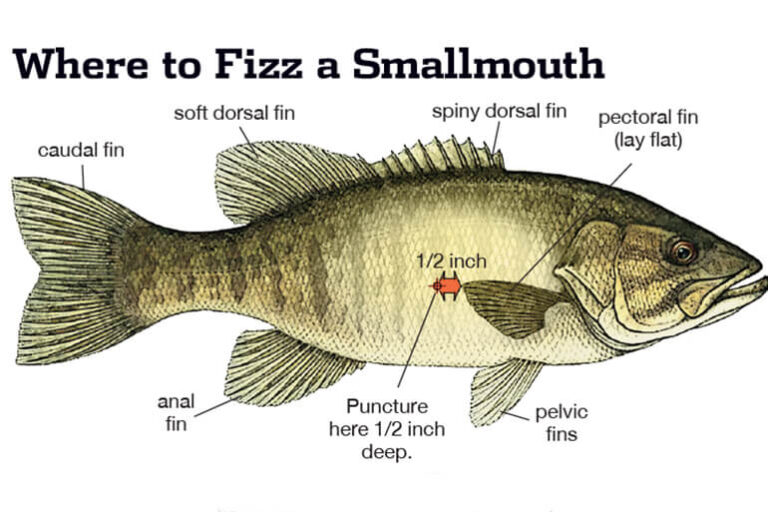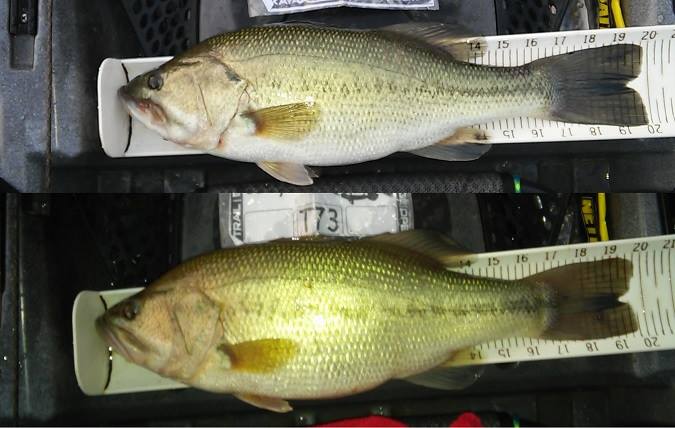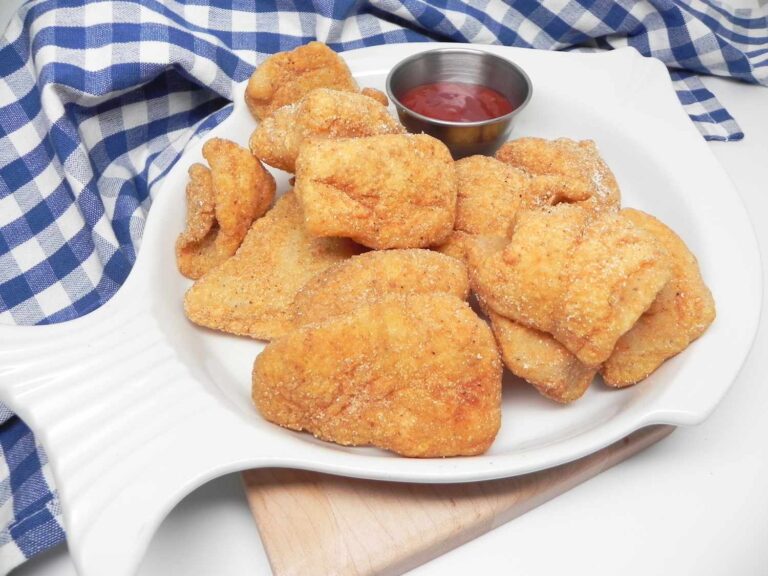Can You Fly Fish for Bass

Yes, you can fly fish for bass; it’s a popular and effective technique. Both largemouth and smallmouth bass respond well to fly fishing tactics.
Harnessing the graceful art of fly fishing to target bass offers a trill that appeals to anglers seeking a challenging yet rewarding experience. This method combines the finesse required for fly presentation with the tenacity of bass, creating an exhilarating angling adventure.
It requires skillful casting and the right selection of flies to mimic the natural prey of bass, such as insects, baitfish, and crustaceans. As such, fly fishing for bass has become a favored sport among fishing enthusiasts, attracting those who appreciate the dance of a well-placed fly and the subsequent battle with one of the sport’s most spirited adversaries. With the right gear, techniques, and understanding of bass behavior, anglers can find great success and enjoyment on the water.
The Thrill Of Fly Fishing For Bass
Fly fishing for bass is an exhilarating experience. Bass are known for their fighting spirit and agility, making them a challenging and rewarding catch. Anglers admire the visible strikes and the tactical approach required.
Choosing the right season and weather conditions is crucial for a successful outing. Early morning and late evening during spring and fall are prime times. Warm water temperatures and overcast skies can also enhance the chances of a good catch. It’s important to monitor water levels and clarity for the best fly fishing experience.
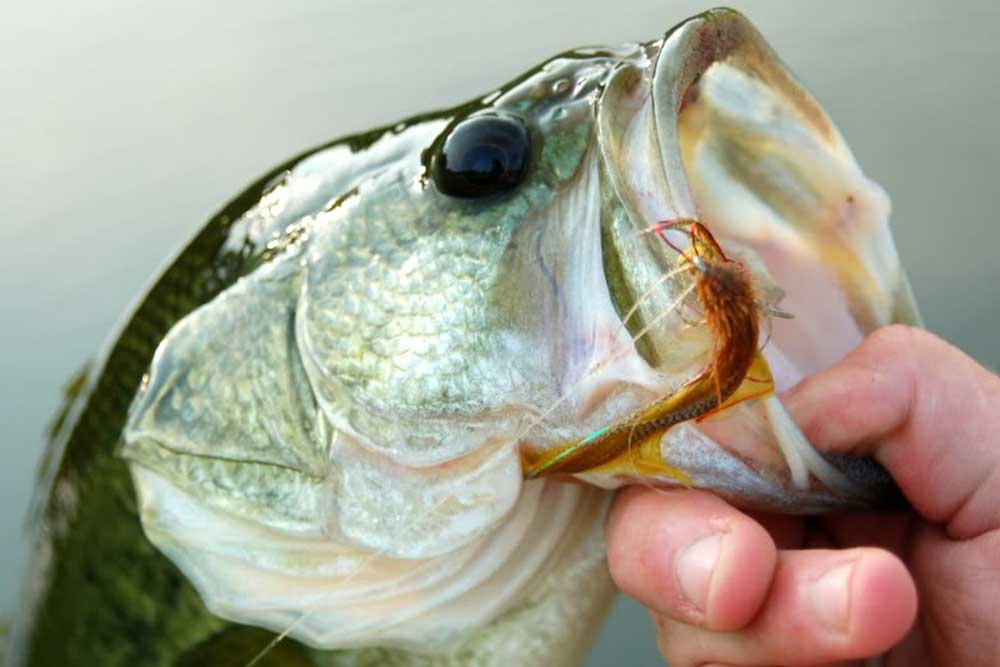
Credit: fishtalkmag.com
Fly Fishing Gear Specifics
Selecting the proper rod is crucial for bass fly fishing. A 7 to 9 weight rod is ideal, as it offers the necessary power and flexibility. The length should range between 8.5 to 9 feet, ensuring precise casting and control. Match your rod with a reel that can handle significant drag and has enough capacity for backing and line.
The appropriate line weight is also vital. A sinking or sink-tip line can be effective, but many anglers prefer a weight-forward floating line for versatility. It allows for topwater and subsurface fishing techniques.
Bass flies need to be enticing; large and colorful patterns usually work well. Consider poppers, streamers, and woolly buggers. These flies mimic natural prey, making them irresistible to bass.
Techniques For Successful Bass Fly Fishing
Mastering essential casting techniques is key for bass fly fishing. Short, quick casts often work best. Adjust your casts’ length and rhythm to match the environment. Break water surface tension with a smooth action. This keeps bass unaware of your presence. Aim your cast to land softly, preventing scare-away splashes.
Implementing varied retrieval methods can lure bass effectively. Try a slow retrieve, then switch to a quick pull. Mix in some pauses. Bass find erratic movements irresistible. Match the retrieval speed with the water’s temperature. Colder water usually means slower retrieves.
When approaching bass, move with stealth. Select your position to minimize shadow casting. Walk gently around the water’s edge. Wear colors that blend with the surroundings. All these tactics improve your chances of not startling the bass. Casting from a hidden spot increases your success rate.
Finding The Perfect Spot
Finding the perfect spot for fly fishing for bass means knowing where they like to live. Bass love fresh water, especially if it has lots of plants and shelter from the sun. Small lakes, rivers, and streams can be great places to look. These habitats often have clear water, which is good for bass.
Look for areas with underwater structures like logs, rocks, and vegetation. Bass use these areas to hide and hunt. Quick-moving water near these structures often creates feeding zones for bass. A well-chosen location can make your fishing trip successful.
Conservation And Ethics
Practicing catch and release is vital for bass fishing sustainability. Careful handling of fish preserves their health. Wet hands before touching the bass to avoid removing their protective slime. Use barbless hooks for easier, less harmful removal. Support the bass horizontally when removing the hook to prevent injuries.
Returning fish to water quickly is crucial. Hold the fish headfirst in water to help with oxygen flow. Wait until the fish swims away on its own. These practices help maintain stable bass populations.
| Action | Benefit |
|---|---|
| Wet hands before handling | Protects fish slime layer |
| Use barbless hooks | Minimizes injury |
| Horizontal support | Prevents internal damage |
| Quick return to water | Increases survival chances |
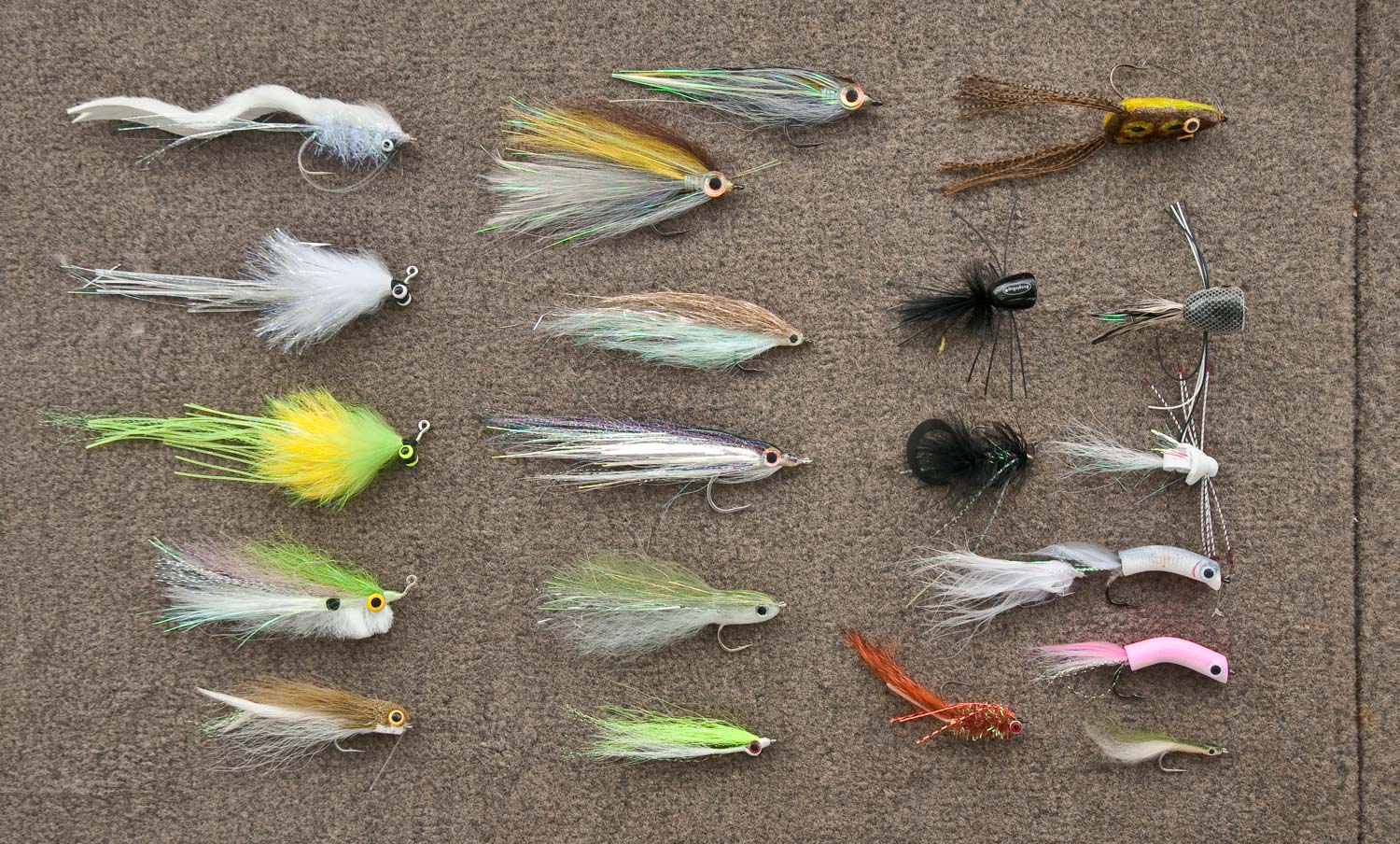
Credit: www.ginkandgasoline.com

Credit: www.onthewater.com
Frequently Asked Questions For Can You Fly Fish For Bass
Is Fly Fishing Effective For Bass?
Yes, fly fishing is effective for bass as it targets their natural prey with precision, providing an engaging fishing experience.
Can You Use Fly Fishing Lures For Bass?
Yes, you can use fly fishing lures for catching bass as they effectively mimic the insects and smaller fish bass prey on.
Can You Fly Fish For Bass In A Pond?
Yes, you can fly fish for bass in a pond. Fly fishing techniques work well for catching both largemouth and smallmouth bass in freshwater ponds.
Can You Use A Fly Rod For Bass Fishing?
Yes, you can use a fly rod for bass fishing. Fly rods provide an effective way to cast lightweight lures and present flies to target bass.
Conclusion
Exploring the world of fly fishing for bass offers an exciting angle on a classic sport. Whether a novice or expert angler, the challenge enhances your skills and provides exhilarating moments. By harnessing the right techniques and gear, targeting bass with a fly rod is not only possible, but also highly rewarding.
Embrace the adventure that awaits on the water, and let the thrill of bass fly fishing energize your next fishing escapade.
